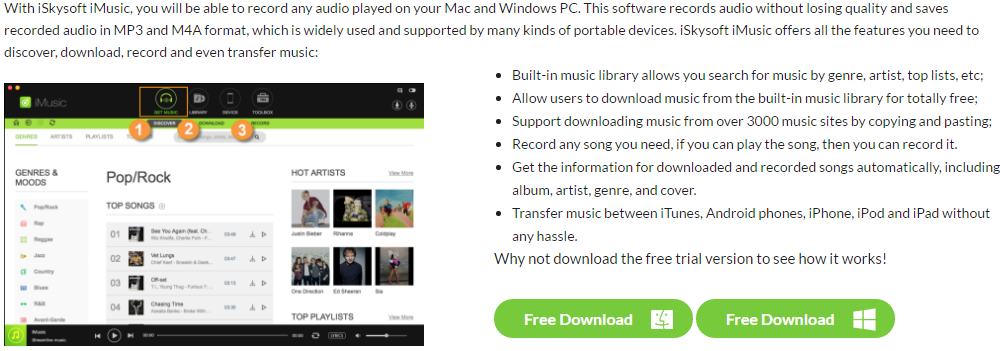Audacity Portable is a very popular Audacity audio editor that is packaged as a portable app, enabling users to take the audio files along with everything that they need to use and record in the go. You can place it in your USB flash drive, a CD or a portable hard drive and use it on any type of computer without leaving behind any personal information.
It is a free, easy to use, multi-track audio editor and recorder for Windows, GNU/Linux, and Mac OS X. Its interface is translated into many languages. It is a free software developed by a group of volunteers and distributed under the General Public License. The free software gives the user the freedom to use the program, study how it works, improve it and share with other.
Part1. What Audacity Portable Can Do
Having a portable Audacity enables the user to do the following:
- Record live audio
- Convert the tapes and records into digital recordings or CDs.
- Edit Ogg Vorbis, MP3 and the WAV sound files.
- Cut, make copies, splice and mix sound together.
- Change the speed and pitch of any recording.
- Record computer playbacks on any window Vista or a later machine.
There are tons of other ways to use Audacity, it all depends on your creativity. The portable version does everything the original does and simply requires installation onto your portable drive to run on PC.
Using Audacity portable
To start Portable Audacity, you double click the AudacityPortable.exe file where you installed the Audacity Portable on your portable drive. Then you use it just like you would use a local copy of the Audacity. Keep in mind that when using the portable apps, it is always a good idea to practice the Safe Portable App-ing. You should remove your drive when you are done. When done, you exit the Audacity and then wait for the activity light on your portable drive to stop flashing, and then select the "Safety Remove" option. Removing the drive while it is writing may lead to loss of data.
Part2. Common Issues on Audacity Portable
Audacity software is a great program for editing audio tracks. It is free, powerful and convenient, and it lets the user create multi-track recordings and then incorporate various special effects. However, sometimes you may run into some problems when recordings songs or creating the audio files. Below is a highlight of some of the most common problems and how to fix them.
Problem 1. Recording has no sound during playback
After recording your clip, you may notice that the recording had no sound during the playback. However, this is a relatively easy type of a problem to solve.
SOLUTION - Check that your computer volume settings are at the right level by clicking the volume icon, which is the speaker symbol. In the taskbar at the bottom right of your screen, raise the volume bar to a level above zero. If this doesn't work, just adjust the physical volume control on your laptop. Alternatively, you can tweak the track itself. In the Audacity, highlight the section of the recording that you want to make louder, go to the "Effects" and click "Amplify".
Problem 2. The Program doesn't register any sound during the recording
If during the recording the red cursor is only drawing a flat line - an indication of no wavelength, this means that no sound is being recorded.
SOLUTION - Examine your microphone's physical connection and then check its setting. Click the Start button - Open the "Control Panel" then "Sounds and Audio Devices" and select the "Volume" tab. Click the "Advanced" option. In the hew window that opens, go to the "Options" and then "Properties" then "Recording" and under the "Microphone" put a check mark. Raise the microphone volume level to a level above zero to ensure the sound records.
Problem 3. Recording Cursor is not moving
If the red cursor fails to make movements from the starting position after you begin recording, this means that you have insufficient computer resources for the recording purposes.
SOLUTION - Restart the computer and this will solve the issue.
Problem 4. A noise comes up every 6 to 12 seconds
If you keep hearing a noise at regular intervals in your recording, it is mostly likely that is it is the sound of your computer's hard drive.
SOLUTION - You can fix this by upgrading your software. Download the latest updates on your sound drivers. You may as well try to shield your sound card.
Problem 5. Poor recording quality
This is due to the inadequate software and hardware. You should understand that the most vital factor in getting good recordings is a professional microphone. You should be aware that the built-in sound cards of most laptops and desktop computers are simply not up to the task to producing high-quality recordings.
SOLUTION - Consider replacing your sound card with a superior model. Invest in a quality microphone.
Part 3. The Best Music Manager You Should Know - iMusic







Any Product-related questions? Tweet us @iMusic_Studio to Get Support Directly